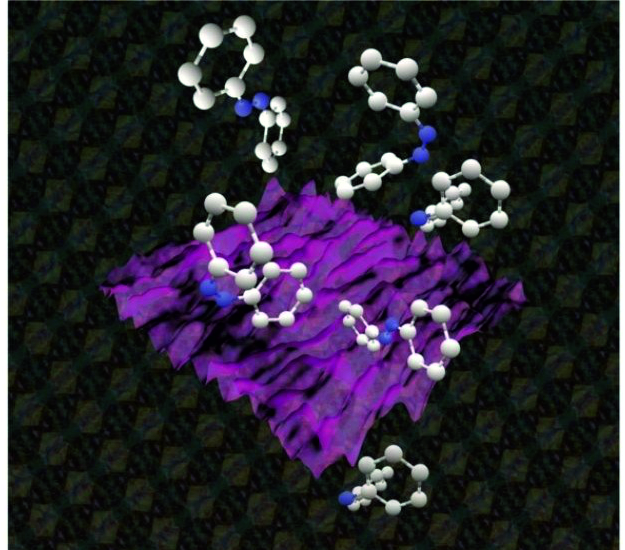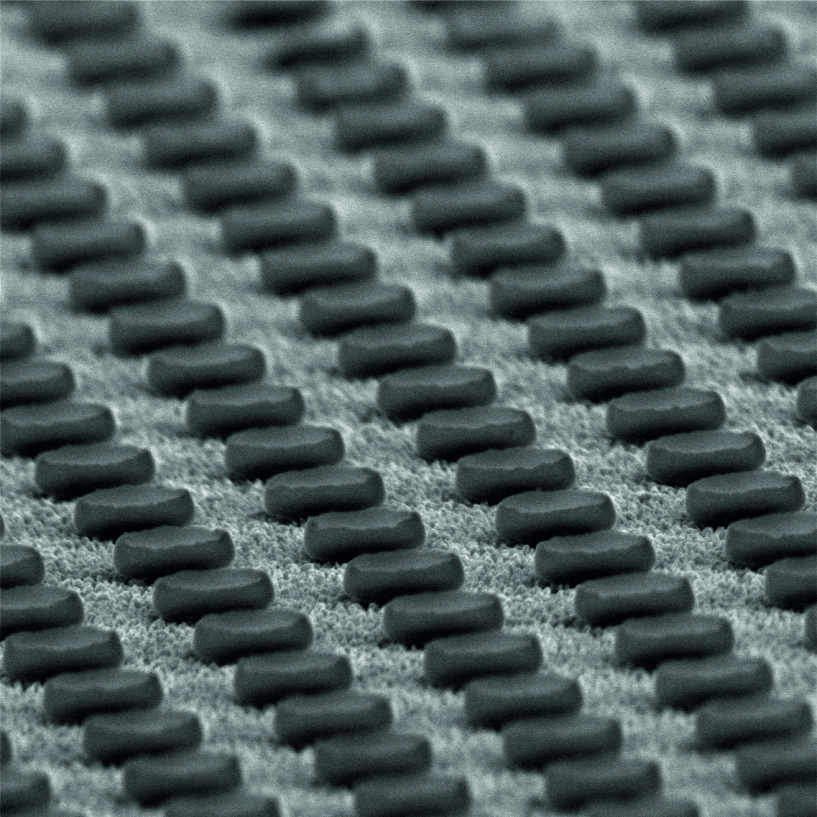
Hybrid Resonant Metasurfaces
We have developed a new fabrication method for non-primitive metasurfaces. Thereby the colors of these metasurfaces represent and visualizes light-matter interactions. To showcase the capabilities of these metasurfaces, the researchers recreated Lichtenstein’s iconic Sinking Sun at the nanoscale. This reproduction illustrates how specific resonant states—or, in simpler terms, colors—can be engineered through careful manipulation of geometry and materials. As a result, these metasurfaces are ideally suited for encoding information in ways that remain visually imperceptible, offering a robust deterrent against counterfeiting.
phys.org PaperA Metamaterial that Assembles Itself
We developed an approach that utilizes two self-assembly processes in series to build an optical metamaterial with two distinct functional components: a disordered network and spherical nanoparticles. In collaboration with TU Graz's Institute of Electron Microscopy and Nanoanalysis, the researchers explored the complex light-matter interaction of this system at the nanoscale using electron energy loss spectroscopy (EELS). While the network localizes energy at nanometric scales in so-called “hot-spots”, the nanoparticles can couple to the network and exchange energy with it.
miragenews.com Paper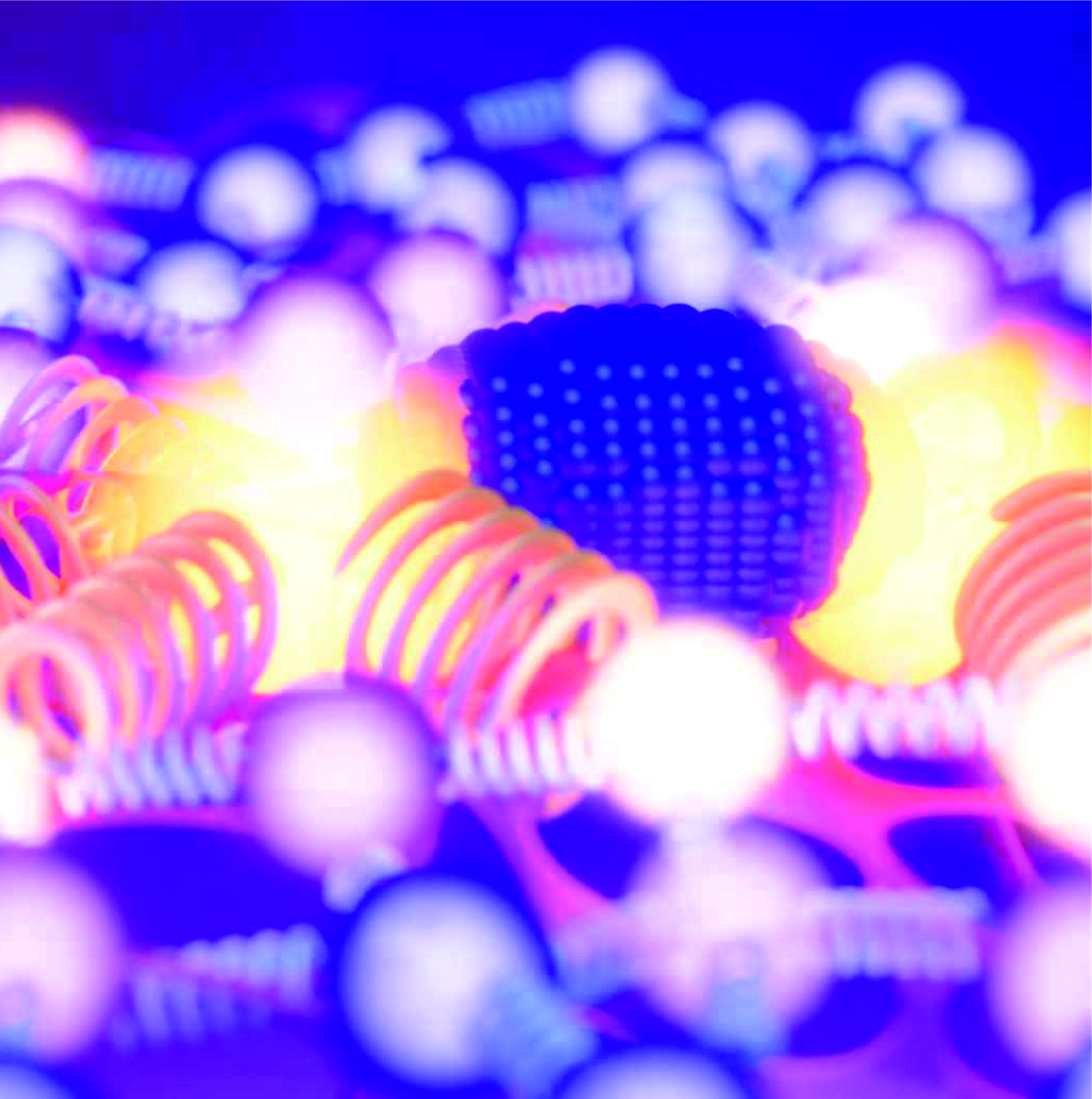
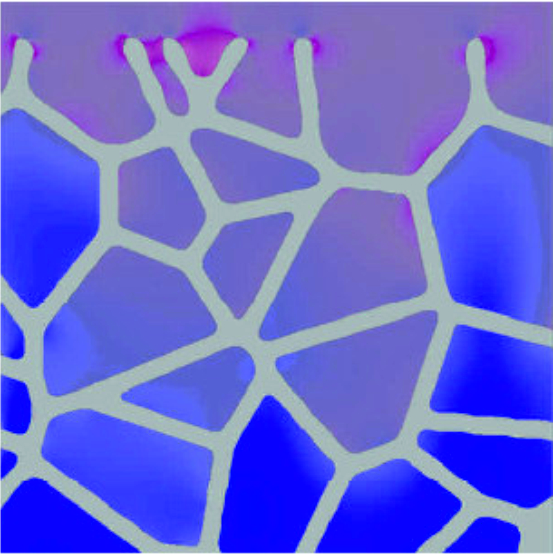
Chemical Engineering of Cu–Sn Disordered Network Metamaterials
The design and fabrication of large-area metamaterials is an ongoing challenge. Increasingly disordered materials are being explored as they offer new routes in fabrication and access to optical phenomena that rely on their intrinsic disorder. Many disordered materials do not rely on precise nanofabrication methods but can be realized through self-assembly of structural units, dewetting, or chemical dealloying. In our work, we show how simple changes in the initial chemistry before dealloying can be used to engineer perfect absorption over a broad frequency range.
miragenews.com PaperMaking chocolate colourful
Chocolate is a complex material and consists of cocoa butter, cocoa particles, sugar and additives. To color chocolate, we developed a technique to deposit food-grade optical coatings on dark chocolates to create structural coloration. Furthermore, we worked with diffractive elements to create additive coloration of chocolates.
New York Times ETH Press Release Paper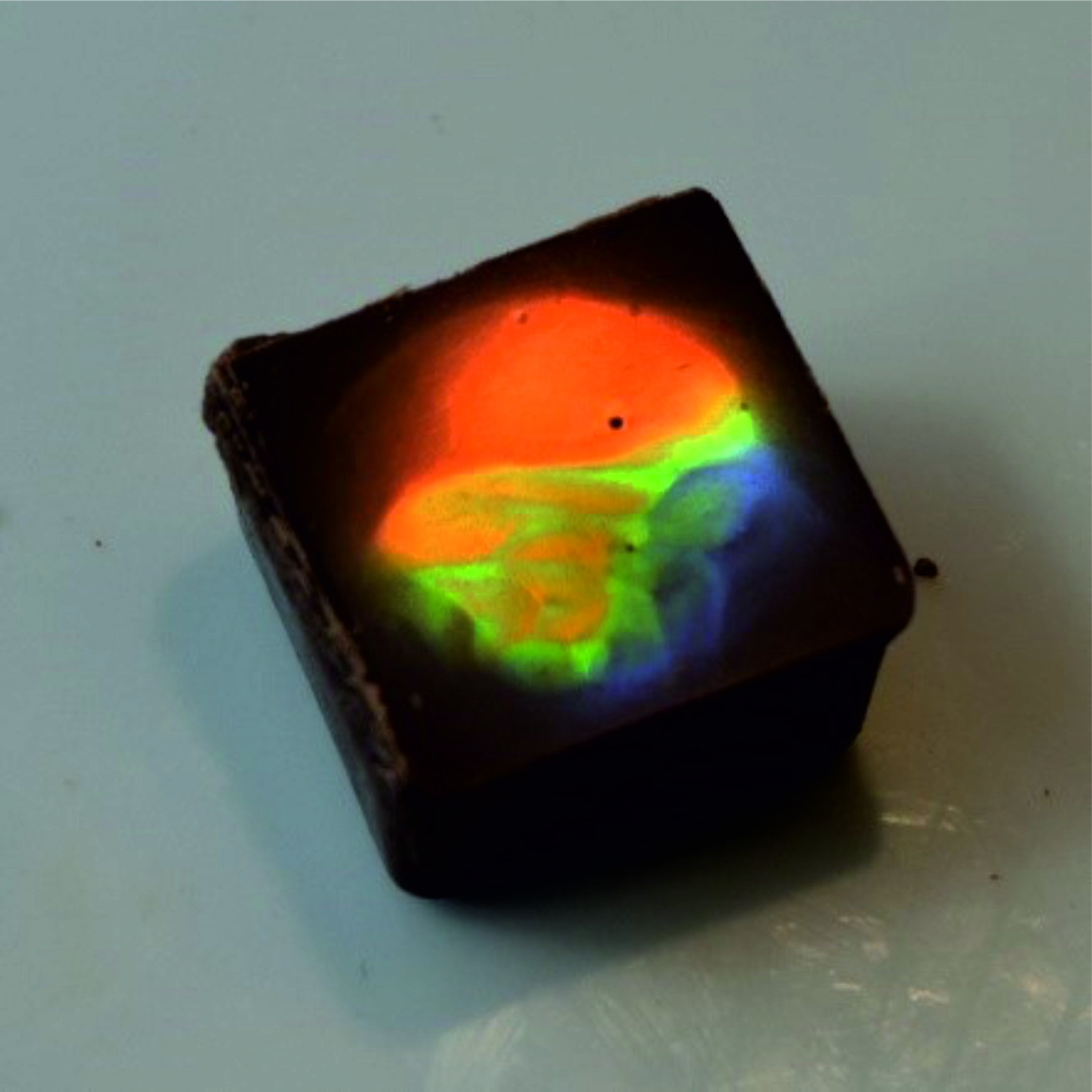
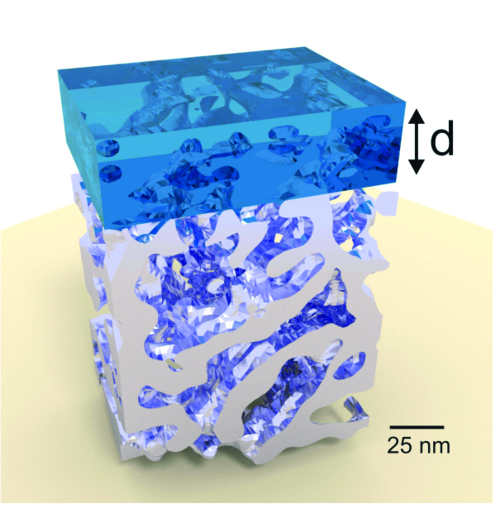
Network Metamaterials on BBC Science in Action
Structural colours have drawn wide attention for their potential as a future printing technology for various applications, ranging from biomimetic tissues to adaptive camouflage materials. However, an efficient approach to realise robust colours with a scalable fabrication technique is still lacking, hampering the realisation of practical applications with this platform. Here we develop a new approach based on large scale network metamaterials, which combine dealloyed subwavelength structures at the nanoscale with loss-less, ultra-thin dielectrics coatings.
BBC - Science in Action Nature Materials, News & Views Physicsworld.com Harvard Press Release PaperLa prova sperimentale di una teoria di Turing
Un gruppo internazionale di ricerca, costituto da Henning Galinski, Iwan Schenker e Ralph Spolenak dell’ETH di Zurigo, Antonio Ambrosio e Pasqualino Maddalena del CNR-SPIN e Dipartimento di Fisica dell'Ateneo federiciano e Federico Capasso della Harvard University ha dimostrato che strutture complesse che si formano sulla superficie di film di polimeri contenenti azobenzene possono essere interpretate proprio secondo la teoria ispirata da Turing.
Le Scienze Il Fatto Quotidiano Paper